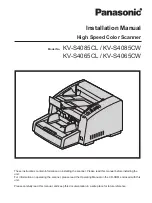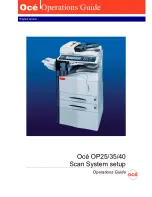
Page 1
1. Introduction.
From power up, the microDAQ reads its non volatile setup information and calibration, and after
applying these settings is then ‘up and running’, reading the scanner and delivering calibrated
data. Although for many applications this is enough, more demanding applications may need to
control the data delivery, request data rezero operations and more.
The microDAQ supports a user interface protocol taken directly from the old CANdaq system,
allowing remote access to the essential commands required when integrating the unit into an
instrumentation system. Commands may be sent over any of the unit’s communication channels,
whether the current active data channel or not. A simple block parity check adds security to the
command protocol, and a correctly received command may be acknowledged if required.
The following sets out the essentials of the command protocol, the data packet format for all
channels in addition to the message identifier arrangement for the CAN channel.
This document contains all relevant commands inherited from the CANdaq system and in addition
covers the updates to some commands for streaming to Internal RAM and new commands for
dumping the Internal RAM to other comms (Internal RAM support is only valid for microDAQ
firmware V1.0.8 onwards).
This document also details the user commands for valve controls that are found in the flightDAQ
and the microQDVP module which use the same command protocol.
This document version supports V1.0.14 of the microDAQ firmware and V1.0.18 of the flightDAQ
fimrware. If using earlier firmware then some user commands and/or parameters may be invalid. In
this case please refer to an earlier version of this document – available on request, from Chell
Instruments.


































